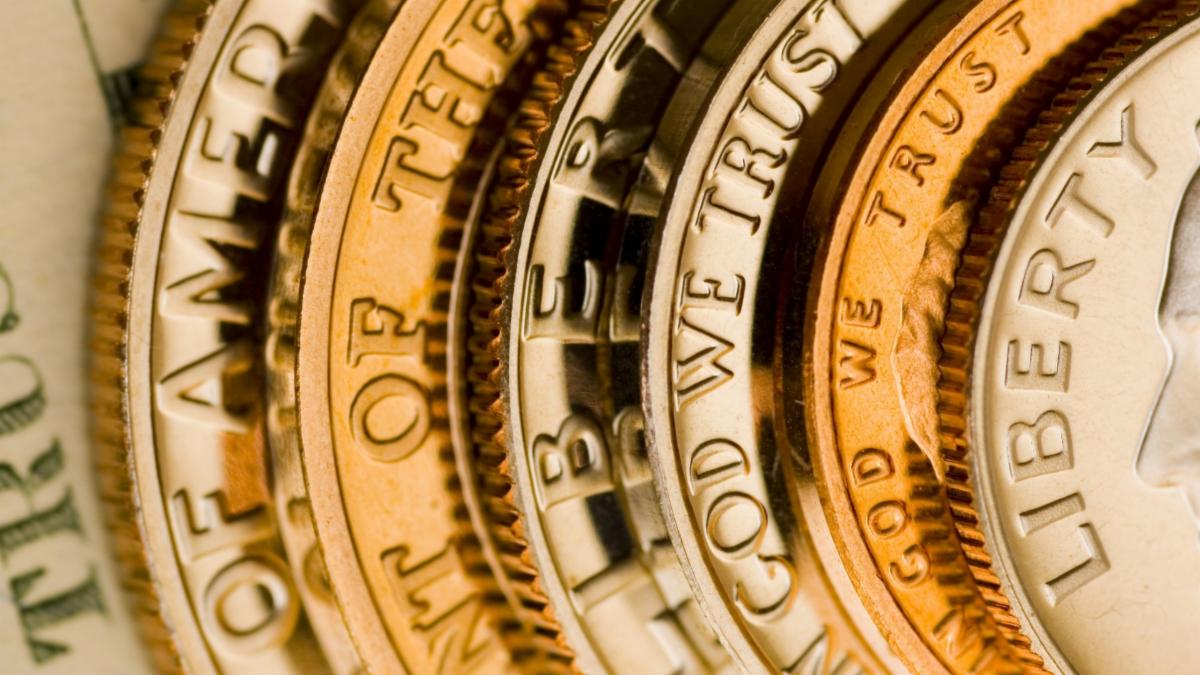Numismatics and Collectibles
Numismatics and Collectibles (1)
Thoughts on Numismatic and Collectible Coins
Collectibles are items that are worth far more than their original sale price and are considered alternative investments—items that don't fall into any other category like stocks, bonds, cash, or real estate. Investing in this asset class can be both rewarding and help maximize returns.
There's more to coin collecting than just saving up your spare change, however. Numismatics, as it's termed, refers to the collection and study of currency — specifically, an item that's no longer in circulation. The value of any given coin often has very little to do with the amount originally stamped on its face. The Flowing Hair Silver Dollar, for example, was minted in 1794, and by September 2020, was valued at over $10 million, making it the most expensive coin in the world. Las Vegas resident Bruce Morelan purchased the coin, known to collectors as a “Flowing Hair” silver dollar, for $10,016,875 in 2013. The sale marked the highest price ever paid at auction for a single coin. That coin was rated at a 66 on the Sheldon Grading Scale. Comparatively, another 1794 silver dollar graded at just 35 sold in 2019 for $288,000. Although it's impossible to know when and to what value a collectible will increase to, it's easy to see why these assets can greatly improve your wealth building potential.

Here are some best practices for those interested in or currently holding collectible assets:
Keep a Detailed Inventory of Your Collectibles
“Collectors should absolutely have an inventory or catalog that captures important details about their collectibles,” says Jere Doyle, Senior Vice President and Estate Planning Specialist at BNY Mellon Wealth Management. “It should include where and from whom they bought them, for how much and any other distinguishing features of the item.” Doyle says that provenance, a clear record of the history of ownership, is critically important when dealing in collectibles, and can significantly impact the value of the item as well as the collector’s ability to sell it.
Preserve the Value of Your Collection
Even if your primary motivation for building a collection is personal enjoyment, consider taking steps to preserve and safeguard your collectibles so you can capitalize on them in the event that they do increase in value. This could include purchasing specialized insurance, having your items appraised by a certified expert and making accommodations for proper, long-term storage, whether in your home or in a professional storage facility.
Amid persistent inflation, collectibles have become an increasingly stable investment option.
Collectible investments can appreciate in value and diversify your investment portfolio.
Collectibles can be anything that anyone collects, but a few categories have offered reliable returns, such as stamps, coins, jewels, and fine wine. With your MintBuilder subscription, you are getting access to the best prices in the industry for precious metal collectibles and numismatics.
Have questions? We're here to help! Send an email to support@mintbuilder.com
Still No Luck ? We can help you
Create a ticket, we’ll get back to you as soon as possible.
Submit a Ticket